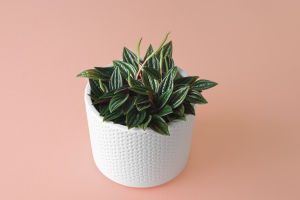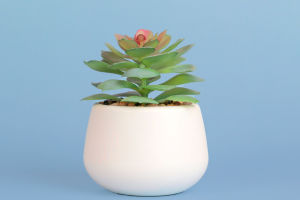Scorpion Grass, known as Myosotis or "forget-me-not," is a resilient flowering plant cherished for its small blue flowers and curling stems.
Its beauty and symbolism of remembrance make it a lovely addition to gardens or indoor spaces.
Here's a concise guide to growing and caring for Scorpion Grass.
1. Location Selection
Scorpion Grass does best in partial shade, though it tolerates some direct sunlight in cooler climates. In hot areas, provide shade during peak sunlight to prevent leaf burn. It's ideal for flower beds, borders, containers, or ground cover, where it creates a charming blue carpet in spring.
2. Soil Requirements
Scorpion Grass prefers well-draining soil with a neutral to slightly acidic pH (6.0-7.0). A mixture of garden soil with compost or peat moss provides needed nutrients and drainage.
For containers, use a potting mix with added perlite or sand. Avoid clay soils, as poor drainage can cause root rot and fungal issues.
3. Watering Needs
Scorpion Grass has moderate water needs, and the soil should remain evenly moist but not soaked. Water thoroughly, allowing the soil to dry slightly between sessions. Increase watering during hot or dry spells if leaves begin to wilt.
For container plants, check moisture levels frequently, as pots dry out more quickly. Avoid overwatering, as it can lead to root rot.
4. Fertilization Tips
Scorpion Grass requires minimal feeding. Apply a balanced, slow-release fertilizer in early spring to support growth, avoiding excessive nitrogen, which can cause more leaves than flowers.
Alternatively, enrich soil with compost at the start of the season for gentle, organic nutrition. Fertilization isn't necessary in fall or winter, as growth slows during these months.
5. Temperature and Humidity
This cool-season plant thrives in temperatures between 60°F and 75°F (15°C to 24°C) and is somewhat frost-tolerant, making it ideal for early spring planting. For indoor growth, average household humidity works well, though very dry conditions may cause leaf browning.
6. Pruning and Deadheading
Regular pruning and deadheading encourage blooms and keep the plant neat. After flowers fade, trim them back to direct the plant's energy toward new growth rather than seed production.
Deadheading also prolongs flowering and controls self-seeding if you don't want the plant to spread. In fall, cut back stems close to the soil to prepare for winter dormancy.
7. Pest and Disease Control
Scorpion Grass is generally pest-resistant but can attract aphids and slugs. Inspect leaves regularly and treat them early with insecticidal soap or slug traps if necessary. Powdery mildew, a common fungal disease, can develop in high humidity.
Prevent fungal issues by ensuring good air circulation, avoiding overhead watering, and removing affected leaves. Apply fungicide if necessary.
8. Propagation
Scorpion Grass is easy to propagate from seeds. Sow seeds indoors 6-8 weeks before the last frost, lightly covering them with soil. Germination takes 1-2 weeks.
Once seedlings have a few leaves, transplant them outdoors. Scorpion Grass readily self-seeds, so you can let flowers go to seed for natural spread if desired.
Scorpion Grass, with its vibrant blue flowers and minimal maintenance, is an ideal addition to any garden or indoor space. By providing the right light, soil, and basic care, you can enjoy a thriving Scorpion Grass that brings charm and beauty each year.
Follow these tips to keep your Scorpion Grass healthy, ensuring a colorful and lasting display in any setting.


